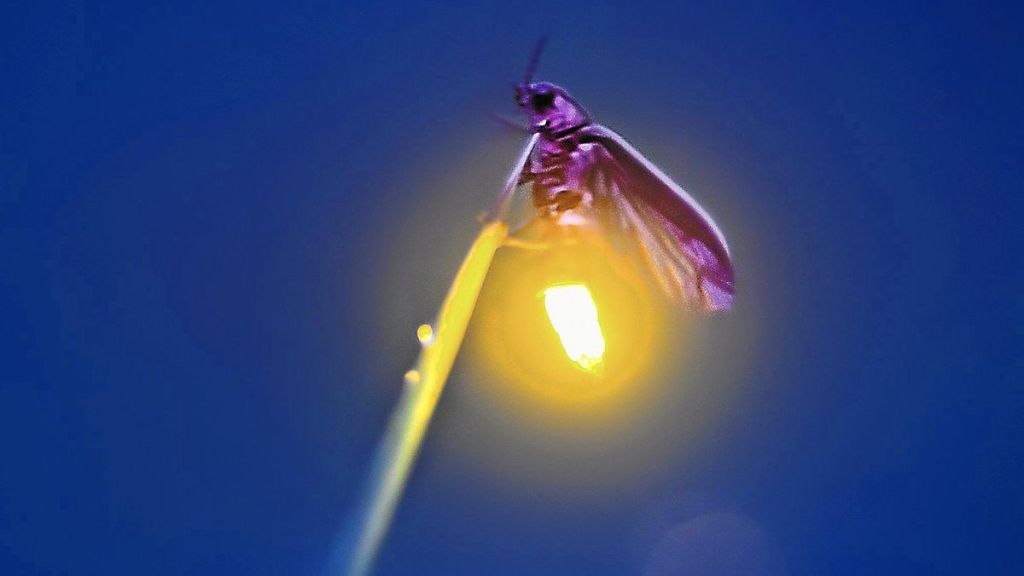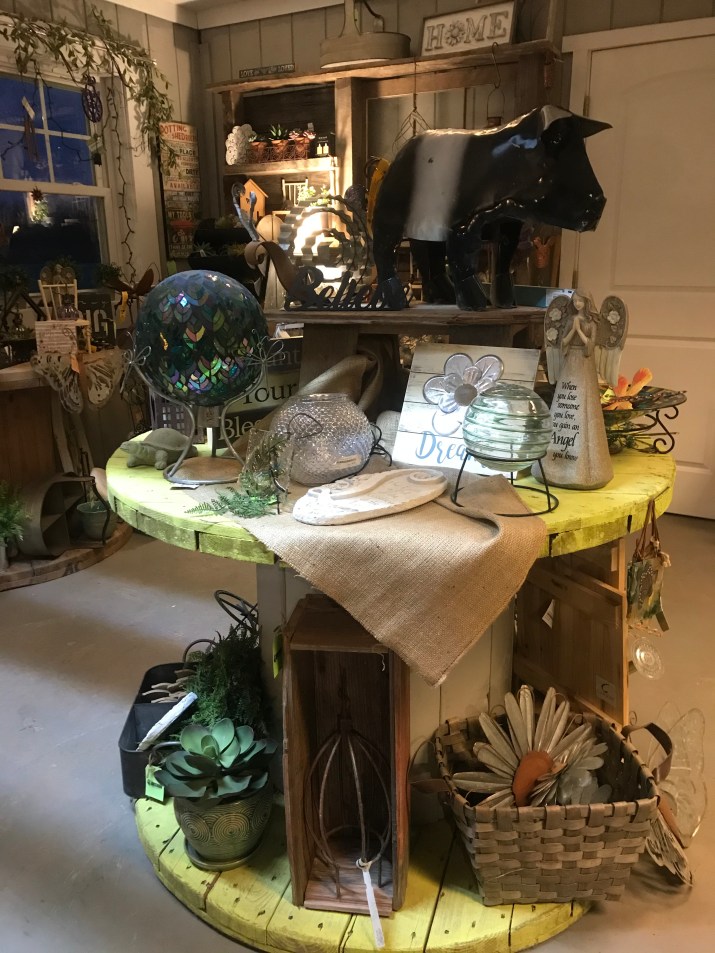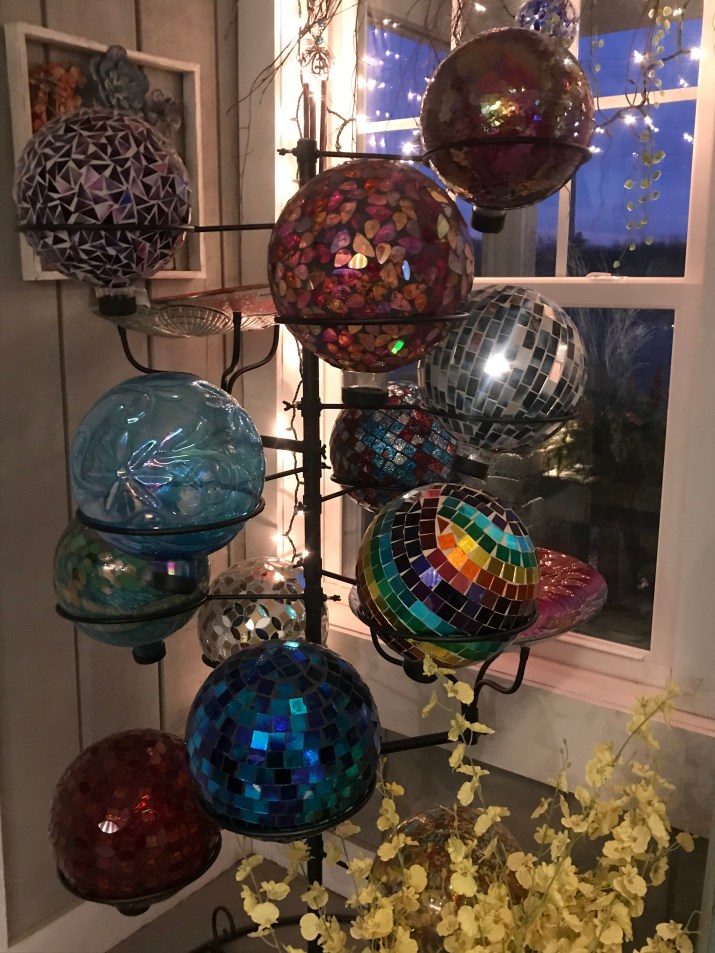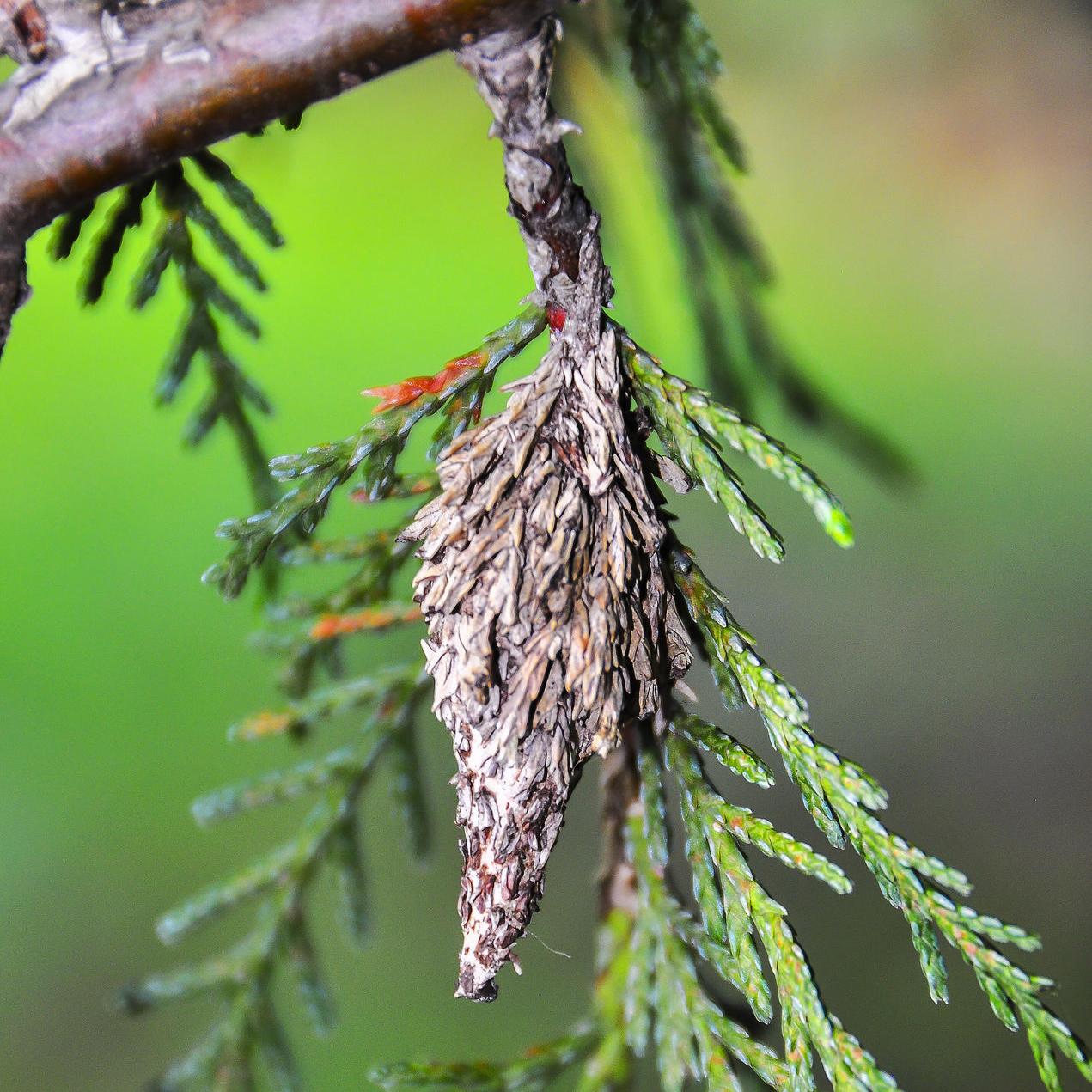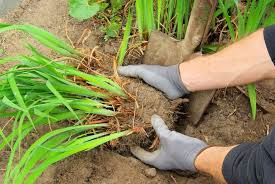Tiny troops are marching — and munching — through lawns across the country, leaving grass and plants dead in their wake.
Experts say a particularly widespread and intense outbreak of armyworms is overtaking lawns, leaving masses of Styrofoam ball-like eggs stuck to patio furniture and the sides of houses. But when they hatch, the pests can turn a lush green lawn into a brown, barren wasteland seemingly overnight.
“This year is like a perfect storm,” said Rick Brandenburg, an entomologist at North Carolina State University. “In my 40 years, I have never seen the problem as widespread as it is this year.”
Brandenburg said armyworms — more specifically fall armyworms — are laying siege to North Carolina but also as far west as Texas and as far north as Michigan and northeastern states, areas that rarely see such significant armyworm populations.
University entomology professors all over the country say their phones have been ringing “off the hook” with requests for information about the infestation of lawns, grass pastures and fields of alfalfa and soybeans.
The buggy brigade returns to southern states each year in late summer and early fall, marching in large swaths from one food source to another until the winter frost kills them. But this year, there’s been an “unprecedented” number of armyworms, as far north as Michigan.
They can easily munch their way through residential lawns, parks and golf courses. They devour everything in their path, right down to the bare soil and move through just like an army on the move.
What exactly is a fall armyworm? There are two kinds of armyworms: the true armyworm and the fall armyworm, the latter of which is the scourge homeowners are now facing. The fall armyworms, which are indigenous to the U.S., are the larval stage of the fall armyworm moth.
The caterpillars grow up to two inches long and can be green, brown or black in color. They can be identified by an inverted white “y” on their head capsules. They are black in color with yellow stripes.
The fall armyworm also has two strains: the corn and rice strain. The corn strain feeds on corn, sorghum and cotton while the rice strains eats rice, alfalfa and millet, as well as the pasture grasses and lawns.
What kind of damage can they do? Fall armyworms feast on grass of all kinds, but the extent of the damage depends on the type of grass. Warm season grasses grown in southern United States can regenerate after armyworm invasions, but the caterpillars can permanently devastate cool season grasses in northern states. For warm season grasses, like those found in the Southern United States, it is mostly an aesthetic issue. But if you have cool season grass, like in Indiana, you probably want to treat your lawn.

Why are we seeing such a widespread, intense outbreak? Experts say it could be a number of factors, including the recent extreme hot extended temperatures, wetter weather and changes in natural enemies such as predators, parasites and pathogens.
How did the armyworms get here? Unable to survive in freezing temperatures, the fall armyworm spends the winter in the Gulf Coast states before heading north on southerly winds, typically reaching as far north as Tennessee.
How do you prevent armyworm attacks and revive your lawn post-siege? Unfortunately, there’s not much people can do to prevent their lawns from the scourge. It’s hard to deter them and it’s hard to predict where they’ll land and prevent that from happening. Homeowners need to be watchful. It really comes down to monitoring and being vigilant and watching for signs of trouble. Once you notice a patch of brown grass, check for the worms and have the lawn treated immediately before further damage is done.
Check the label on insecticide because many are broad spectrum and kill more than just fall armyworms. Homeowners should find solace in the fact that the cold will end the scourge of the armyworm. The feeding stage is just three weeks long, however they can decimate a lawn in as little as two days.
When we get our first killing hard frost, there will be no further action that will be necessary because that cold weather will ultimately kill them off.
To send a question for Ask the Landscaper, contact Metzger Landscaping at 260-982-4282, visit www.metzgerlandscaping.com to send a question, or find us on Facebook.

